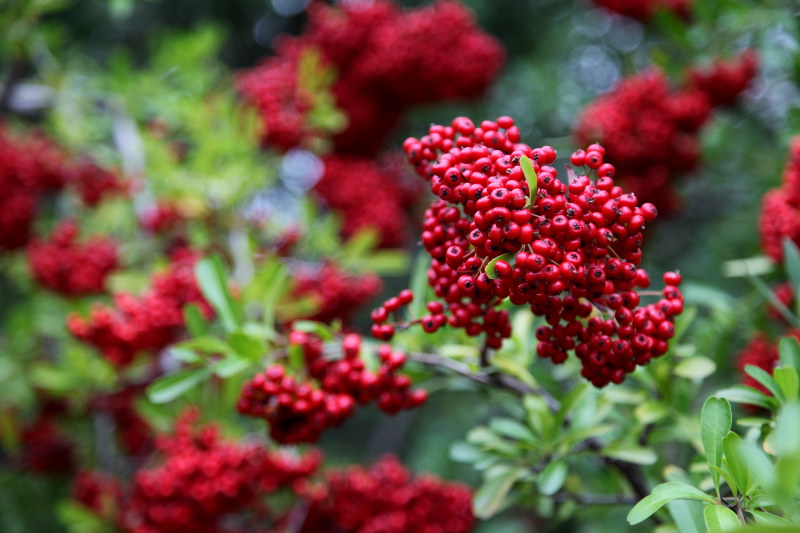Alum Rock is another park full of lost things, crumbling structures, stone archways, mountain lions, vegetation, skunks, hikers, bikers, and tumbleweeds: a perfect place for a Sunday hike… and we did an easy low-grade walk on a rainy, muddy day. We did not make it to the spa ruins (about a 9-mile loop) but did manage to explore enough to whet our curiosity.
This is California’s oldest municipal park (1872) and there’s conflicting information about the origin of its name. Some brochures say the name comes from a white powdery substance found near the park’s natural springs thought to be Alum. Others say the name comes from a large meteor that was found in the park hundreds of years ago, also thought to be composed of mostly Alum.
As it turns out, neither tale is true, the park contains no Alum (the white substance was thenardite) and the “meteor” that was discovered contained high concentrations of manganese, a highly sought after mineral used to increase the strength of iron. As such, during World War I, the rock was sold as scrap and only pieces of the meteor can now be found in a small visitor center near the middle of the park.
Crumbling ruins found near the entrance, roads, walkways, and over the Penitencia Creek are from the park’s boom time when a train brought thousands and thousands of people from San Jose to the Alum Rock Park and Hot Springs.
These stand as bitter reminders of a time when visitors were less mindful of their surroundings and their impact on nature. After decades of repeated popularity, the park could no longer be properly maintained and fell into disrepair.
This turned out to be a blessing; as the park declined, people stopped visiting, and eventually, the land reverted back to its natural state. These days the Boy Scouts of America put elbow grease into enhancing and repairing the trails. Also, sections of Alum Park are closed to the public so they can rehabilitate.
